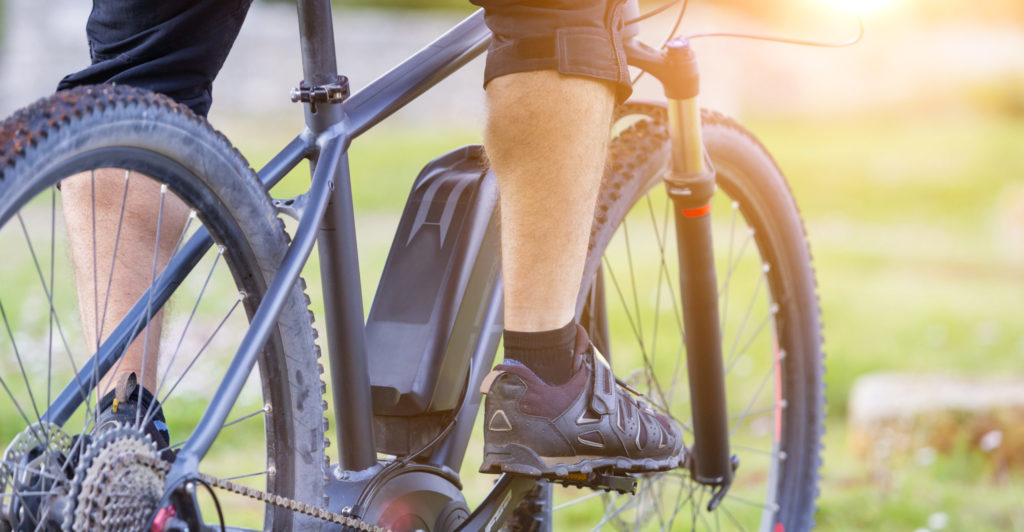Where to stand on E-bikes
E-bike sales are flying up mountains in gears as high as those of their purely people-powered counterparts wobbling cross-country in granny gears. This thanks to an almost effortless turn of pedals, a couple of decades of battery research and development, and the atomic torque of trillions of electrons that are pushing electrically assisted bicycles to stratospheric popularity. But the story of a ride is more than the grade of the climb, and e-bikes have garnered as much ire from detractors as accolades from admirers.
Like your grandma insisting on using her checkbook at the grocery store, waiting to start filling out the check until she’s heard the total, riders who have been devoted to conventional bicycles for decades may be most resistant to electrical assistance, seeing e-bikes as the devil’s debit card. The obvious gripe is that e-cyclists are lazy, and that, if they are able, they should exclusively apply human power to achieve transportation and fitness goals. Superficially, this stance can be held for about a long red light.
There are enough easy exceptions to this notion to undermine it, like sand under 23c tires. If you have the type of job where not being red-faced and sweaty seems important, but you don’t want to pay for parking downtown, or if you are riding instead of driving a car because added torque makes you feel strong enough to haul your groceries home, then an e-bike makes financial, fitness, and environmental sense.
Clearly no one would begrudge a baby boomer a little extra lift to his favorite birdwatching spot, or a disabled veteran a mountain bike that allowed her to ride with friends. One e-bike convert shared a story of riding up Going-to-the-Sun Road in Glacier National Park with his mom. She hadn’t been on a bike in decades, but, riding an e-bike, was able to enjoy a scenic experience with her son, and an important human connection was made with a battery. And that battery, like most e-bike batteries, was made with lithium.

More than half of Earth’s supply of this newly precious metal that makes today’s e-bikes possible is found in the “lithium triangle” of Bolivia, Chile, and Argentina. In one of the most arid deserts on Earth, water is diverted from quinoa farming to extract lithium out of brine pumped from the otherworldly salt flats. Half a million gallons of water are needed to make one ton of lithium carbonate, the “white gold” used in everything from your cell phone and laptop to electric cars. Global annual demand is projected to top 450,000 tons by 2025.
Currently, less than 5 percent of lithium-ion batteries are recycled worldwide, according to a recent Chemical and Engineering News article. The remainder ends up in landfills, where it leaks heavy metals into soil and groundwater, or in junk drawers awaiting incineration. Untallied environmental costs currently make lithium five times more expensive to recover from old batteries than to extract from the earth.
Fortunately, there is hope for greener e-bike batteries on the horizon. The Department of Energy recently opened a facility in Illinois committed to researching more efficient battery recycling techniques. A similar private venture is underway in Bend, Oregon, and Ontario, Canada, boasts one of the most efficient lithium recycling facilities in the world, claiming 80-100% recovery of valuable battery materials. Improvements in battery weight, range, cost, and recyclability will ensure their market share continues to overtake conventional bikes.
Recent laws, like Washington’s SB6434, which defines three classes of electrically assisted bicycles and codifies their use on improved trails in the state, have helped establish e-bikes as a viable transportation alternative for those who cannot or do not want to provide the sole power for their trip. The perception of increased safety while sharing roadways, owing to their improved ability to keep up with the flow of traffic, means e-bikes will bring hesitant riders to the roads. This may result in more awareness of all bicycles, more bikes and fewer cars on the road, and safer rides for all of us.













